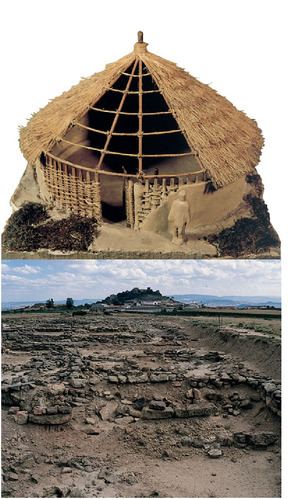Type Human settlement Region Álava | Area 4 ha (9.9 acres) | |
 | ||
Location Binasperi, Lanciego/Lantziego Periods 15th and 3rd centuries BCE Archaeologists Alejandro Sampedro Martínez et al | ||
La hoya alava
The ancient town of La Hoya (Biasteri, Alava, Basque Country) is a most important archaeological site of the Bronze and Iron Ages of the Basque Country and nearby areas of Spain.
The fortified town was inhabited between the 15th and 3rd centuries BCE and occupies four hectares. It has three levels:
The successive layers of rubble, that served as cimentations for further edification, make up a small tell 3 meters high.
The town was destroyed violently c. 300 BCE, leaving the remains of the people and their quotidain tools in the streets.
References
La Hoya, Alava Wikipedia(Text) CC BY-SA
